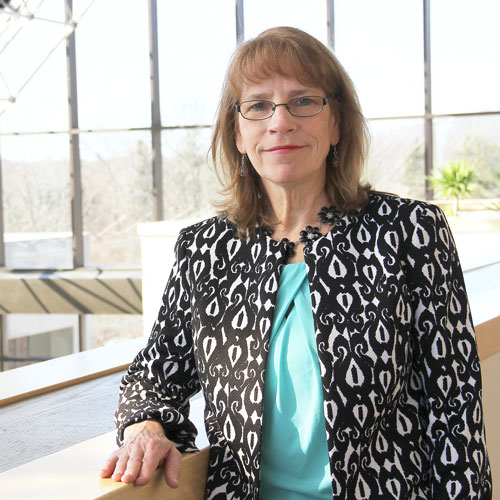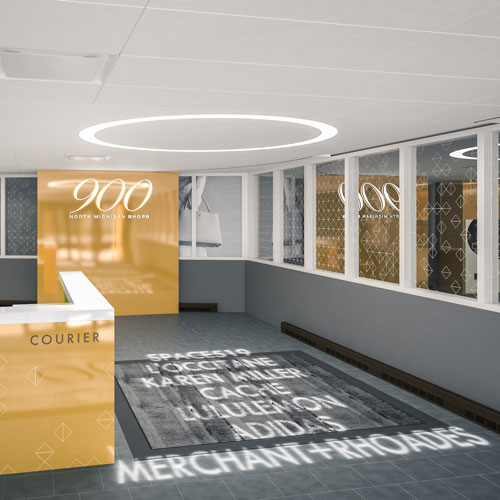Mike O’Connor and Christopher Adams never set out to build one of the greenest buildings in Wisconsin—it just sort of happened that way.
O’Connor met Adams, now his business partner, at Marquette University, and the two quickly hit it off. They started Dominion Properties in 2000 and, over time, put together a portfolio of 260 units scattered across the east side of Milwaukee—many of them rehabilitated properties in existing structures. It was only recently, though, when the two made the leap into ground-up building, that they discovered the value of sustainability.

After finding a buildable plot of land in Milwaukee’s Lower East Side neighborhood, O’Connor and Adams started brainstorming. “We knew the location was terrific, and we wanted to find something to make the building stand out because we’re known for overimproving our buildings and having the best apartments and the best tenants in the area,” O’Connor says. Most new, large multiunit buildings have multiple HVAC systems, but Dominion’s leaders realized they could install just one system and increase insulation to reduce their costs. “We found ourselves backing our way into creating a green building just by focusing on efficiency and costs,” O’Connor says.
Once they decided to go green with the building’s heating and air, O’Connor and Adams latched onto the idea completely and began looking for every possible opportunity to include green features. This culminated in Sage on Jackson, the first LEED for Homes multifamily development in Wisconsin to earn LEED Platinum certification. It features sustainable elements such as Energy Star-certified appliances, ground-source heat pumps linked to 18 geothermal wells, a 19.95-kilowatt solar array, and a rainwater cistern that pairs with a green roof to divert 10,000 gallons of water per rainfall. The property is officially LEED Platinum, but O’Connor jokes that it’s actually “Super Platinum,” having surpassed the required LEED score of 85 points by 18 for a total of 103.

Those points start with Sage on Jackson’s structure. Instead of traditional two-inch-by-six-inch wooden framing studs, Dominion used two-inch-by-eight-inch wooden studs with dense-mineral wool insulation. The extra two inches of wood cost just $3,800 more but increased the building’s efficiency significantly while reducing noise pollution. Each wood panel was made in a factory to reduce waste, and site managers worked to recycle nearly 80 percent of the project’s construction waste overall.
Inside, each of the building’s 20 units boasts the best in modern luxury while still adhering to sustainable principles. “Green features are important, but our tenants are also looking for the very best spaces,” O’Connor says. “It’s possible to provide both.”
Dominion surveyed its current and prospective tenants and discovered that many are looking for spaces with an open concept. So, it built Sage on Jackson with large spaces of 1,000 (for one-bedroom units) and 1,200 (for two-bedroom units) square feet. The company also reclaimed the building’s hardwood floors from local gymnasiums, hired cabinetmakers who used locally harvested maple, and employed artisans who built each unit’s patio with sustainably harvested bamboo.
The large units purposefully exclude kitchen islands to improve flow, and LED and fluorescent lights throughout the building complement ample daylighting and passive-solar elements to further reduce operational costs. Additionally, low-VOC finishes, carefully selected carpeting, and other chemically sensitive materials ensure that Sage on Jackson will have as positive an impact on the health of its residents as possible. “We want people to love living here, and we’re showing that we can make that possible through smart, sensitive, sustainable design,” O’Connor says.
Dominion is invested in Sage for the long haul. “We didn’t build this complex to offload it out of our portfolio, so we built it with the very best quality in mind,” O’Connor says. The company also added features designed to appeal to tenants for years to come, including a charging station for electric vehicles, with four units capable of charging eight vehicles at a time.

Sage on Jackson opened in October 2014 and received LEED Platinum certification the following month. Rents—approximately $2 per square foot—are at or slightly below market value, even though Dominion is covering heat, air-conditioning, and Internet bills.
With the success of the property, Dominion is building the Sage concept into a full product line. The company has invented what O’Connor calls the “smart, green apartment community,” and it has just launched Sage on Prospect, a 34-unit building that will incorporate the same format, concept, and technology as Sage on Jackson. “We’re changing the dynamic of how people build multifamily units because we’re proving that sustainable designs make sense,” O’Connor says. “It saves money and attracts tenants.”


